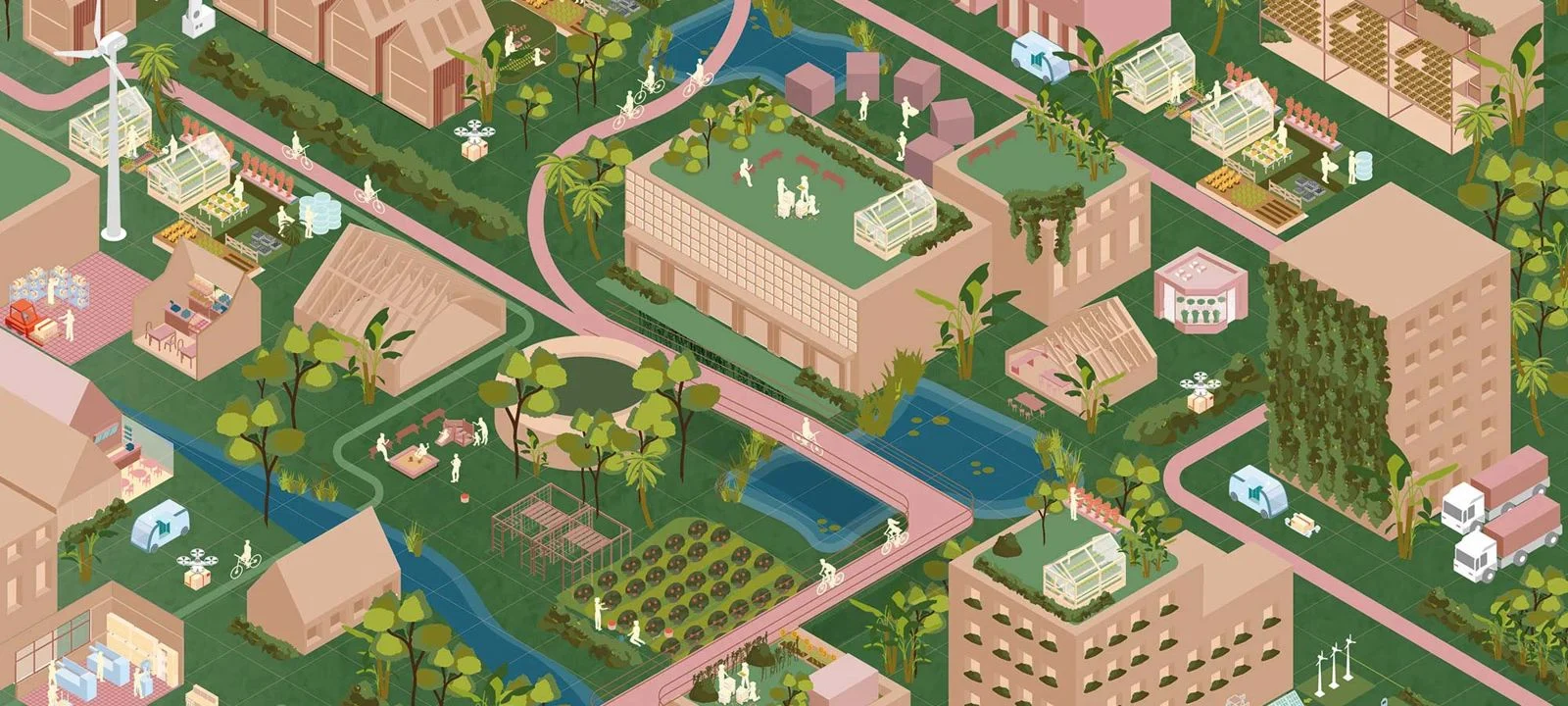Regenerative design: towards living in harmony with nature

Get in touch with our team
Download the report
Register to get your copy of Regenerative Design: towards living in harmony with nature.
Humans are part of nature, yet we are most unusual in the natural world. In our brief time on this ancient Earth, we’ve become one of the most influential species in its history with the extraordinary ability to alter our planet’s systems.
These extractive human activities are pushing us beyond the limits of Earth’s capacity to regulate against shocks and stresses and to support all life. As the most influential species, we have an ethical and ecological responsibility to leverage our position and to participate in the natural system in a positive, reinforcing way.
In our report 'Regenerative Design: towards living in harmony with nature' we explore:
- How we can restore and regenerate planetary health through our interactions with natural systems when designing cities, neighbourhoods, and buildings.
- How we can maximise the tangible social and community benefits of regenerative approaches to designing in the built environment.
- How to apply the three guiding principles to build a regenerative future, shift perspectives and catalyse activity to achieve positive outcomes for people and planet.
Josef Hargrave
Global Foresight Leader, Arup
Principles of regenerative design
Our report presents three complementary design principles that we can adopt to move towards a regenerative future.
-
1
Nature-led
Place-based design that enhances and emulates natural systems.
-
2
Systemic
Relationships, exchanges and flows of materials and resources that restore, protect and replenish.
-
3
Equitable
Collective change, co-creation and collaboration that ensure inclusivity and social justice.
Regenerative design in action


Access your copy
Complete the registration to learn more about how we can restore planetery health through better interactions with natural systems, we we can maximise the benefits for communities and how to apply the three guiding principles to build a regenerative future.





